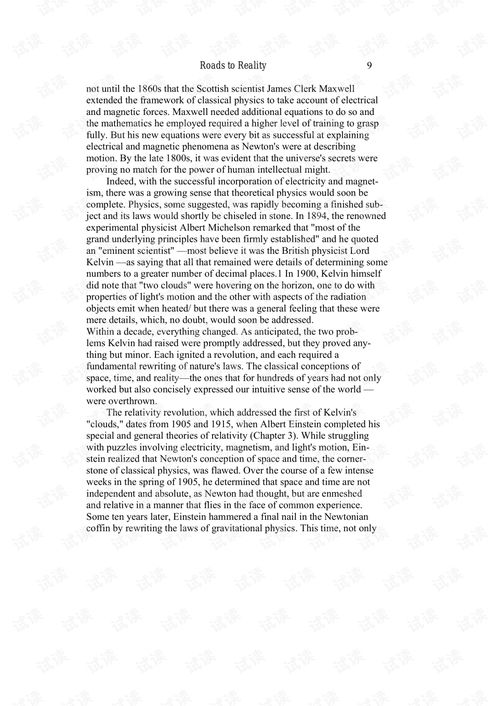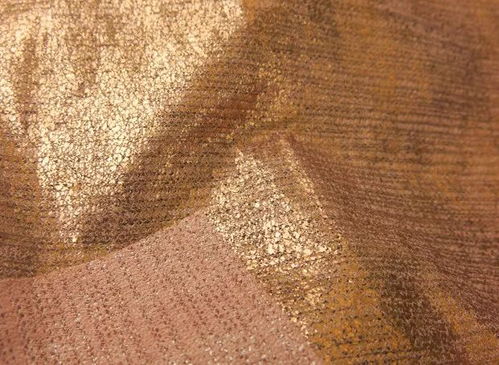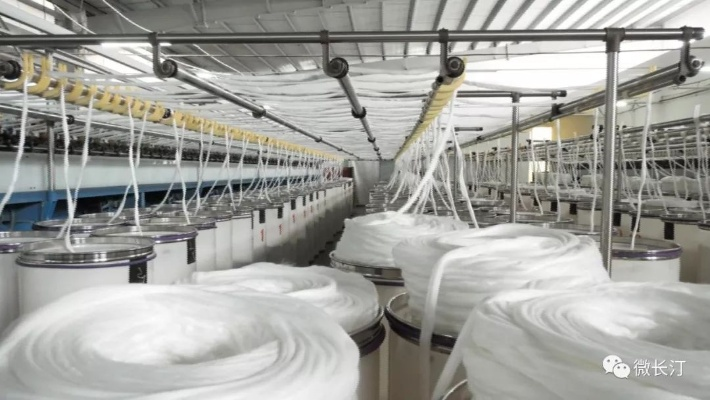An Overview of Textile Product Testing
Textile products are a crucial component of the global textile industry, and the quality assurance process is essential for their success. Textile product testing involves various techniques that assess the material's performance under different conditions to ensure its durability, safety, and aesthetic appeal. This paper provides an overview of textile product testing, including the types of testing methods used, the criteria for evaluating the results, and the importance of proper testing practices for ensuring consumer satisfaction. The focus will be on mechanical tests, which measure the strength, elasticity, and resistance to deformation of textile materials. Additionally, we will examine chemical tests that evaluate the resistance of textiles to various chemicals and solvents. Finally, we will discuss environmental and ecological testing to ensure that textile products do not harm the environment during their life cycle. Overall, textile product testing is a critical component of the industry's quality control process and ensures that consumers receive high-quality products that meet their expectations.
Today, the textile industry is one of the fastest-growing sectors, with a significant role in global economic growth. However, as consumers become more discerning about the materials and processes used to make their clothing, there has been an increasing demand for quality assurance measures. Textile testing plays a crucial role in ensuring that the products meet consumer expectations and industry standards. In this article, we will explore some of the common tests conducted on textile products, including colorfastness, water repellency, durability, and toxicity assessments. We'll also discuss some real-life examples of how these tests are applied to ensure safety and sustainability. So let’s delve into the world of textile product testing.
Colorfastness: A Closer Look at the Standards
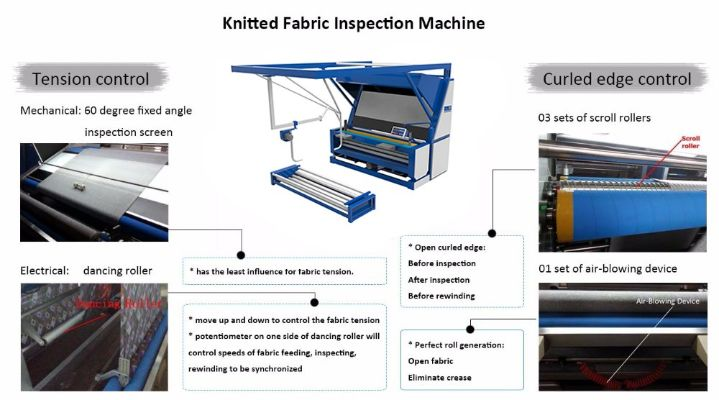
Colorfastness is one of the most important properties for any textile product. It refers to how well the colors retain their intensity when washed or subjected to other environmental stresses. The International Organization for Standardization (ISO) sets out specific standards for colorfastness testing, which include washing fastness, rubbing fastness, and chlorine resistance testing. For example, a typical ISO test may involve washing the fabric multiple times under controlled conditions and measuring its color change over time.
Water Repellency: Keeping Your Clothes Dry
Water repellency is another critical aspect of textile performance. This refers to how easily liquids like water can penetrate the fabric surface and cause staining or damage. To assess water repellency, manufacturers often use the WRB test (Wetting and Rustling Behavior Test), where they measure the amount of water required to produce visible wet spots on the fabric surface. This can be done using various techniques such as static and dynamic water droplets or even sprays.
Durability: Longevity in Action
Durability is essential for any textile product, especially outdoor or sportswear items. It determines how well the fabric resists wear and tear over extended periods. Common durability tests include compression strength, abrasion resistance, and stain resistance. For instance, a compression strength test involves measuring the weight a fabric can sustain before it tears, while an abrasion test measures how much force is needed to remove fabric material from a given surface. Stain resistance tests evaluate how well the fabric resists dye transfer during washing or exposure to certain chemicals.
Toxicological Assessment: Safety First
As consumer awareness of environmental concerns grows, the importance of toxicological assessment in textile testing cannot be overstated. These tests examine the potential harmful effects of chemicals present in the fabrics on human health. Common toxicological tests include the determination of flame retardants, pesticide residues, and heavy metals. For example, a flame retardant test might involve heating a sample of fabric and measuring the rate of burning, while a pesticide test would measure the concentration of a specific chemical residue after washing or exposure to different environments.
Real-Life Examples: How Textile Testing Impacts Quality and Safety
One real-life example is the case of a company that produces children's clothing. Due to increased consumer demand for eco-friendly products, they implemented a comprehensive set of textile testing protocols to ensure their clothing met all international standards for colorfastness, water repellency, durability, and toxicity. This not only improved the brand's reputation but also helped them secure new business partnerships with retailers who valued their commitment to sustainability.
Another example is the fashion industry's response to the COVID-19 pandemic. During lockdowns and social distancing requirements, consumers turned to online shopping for their daily wardrobe needs. Companies saw an uptick in demand for high-quality, washable fabrics like polyester and cotton blends due to their water repellency properties. They quickly adjusted their supply chain and production processes to ensure these products could be produced quickly and efficiently during the crisis, ultimately benefiting both consumers and manufacturers alike.
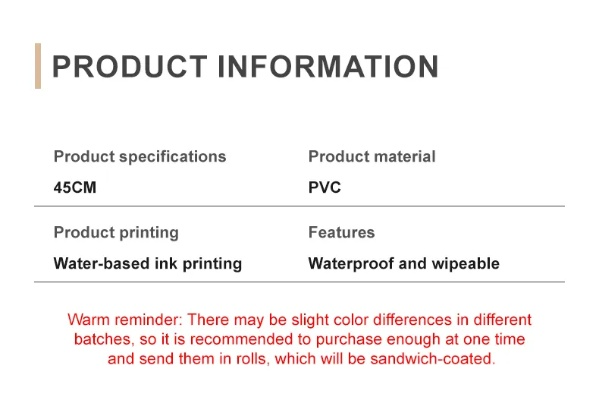
In conclusion, textile testing is an essential part of the manufacturing process, helping to ensure products meet stringent standards for quality, safety, and sustainability. From colorfastness to water repellency and toxicological assessments, each test provides valuable insights into how fabrics perform under different conditions. As the textile industry continues to evolve, so too will the importance of ongoing testing and monitoring. By investing in these processes, companies can stay ahead of trends and deliver products that not only meet consumer demands but also contribute to a greener future.
在纺织品生产、销售和贸易过程中,对纺织品的质量和性能进行检测是非常重要的环节,本文将详细介绍纺织品检测的相关内容,包括检测方法、流程和案例分析。
纺织品检测概述
纺织品检测主要包括纤维含量检测、质量检测、安全性检测等多个方面,纤维含量检测是衡量纺织品质量的基础,包括纤维种类、长度、直径等指标的检测;质量检测则是对纺织品外观、手感、耐久性等性能的全面评估;安全性检测则关注纺织品是否符合相关安全标准,如环保标准、无毒标准等。
检测方法
纤维含量检测
纤维含量检测主要采用各种仪器设备进行测量,包括纤维分析仪、显微镜等,纤维分析仪可以精确测量纤维的种类、长度、直径等指标,为纺织品的生产提供科学依据。
质量检测
质量检测主要包括外观检测、手感检测、耐久性测试等,外观检测可以通过观察纺织品表面质量、颜色、光泽等来判断其质量;手感检测可以通过触摸纺织品,感受其质地和手感,评估其舒适度;耐久性测试则是通过模拟使用环境,测试纺织品在各种条件下的性能表现。
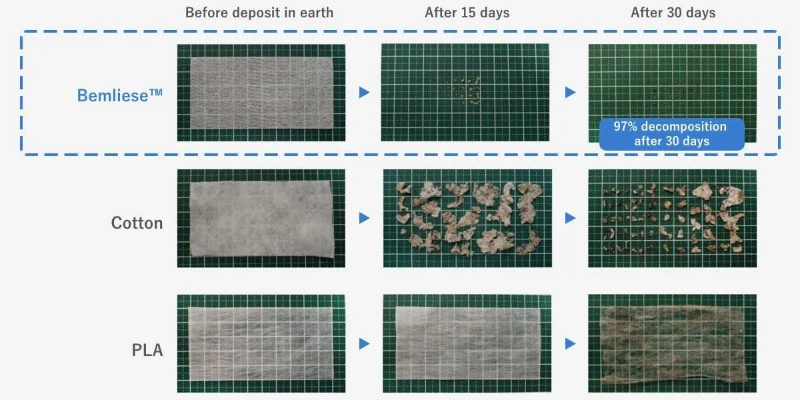
安全性检测
安全性检测主要包括环保标准检测和无毒标准检测,环保标准检测关注纺织品的环保性能,如是否符合国家或行业标准;无毒标准检测则是关注纺织品是否符合无毒要求,如是否含有有害物质。
检测流程
纺织品检测流程一般包括样品采集、样品处理、仪器测试、结果分析等环节,具体流程如下:
- 样品采集:根据检测需求,采集符合标准的纺织品样品。
- 样品处理:对采集的样品进行清洗、干燥等处理,确保样品状态适合进行测试。
- 仪器测试:使用相应的仪器设备对样品进行测试,获取测试结果。
- 结果分析:对测试结果进行分析,判断纺织品的质量和性能是否符合标准。
案例分析
以某品牌纺织品为例,进行案例分析:
该品牌纺织品在生产过程中,注重质量控制和安全性能,在纤维含量检测方面,采用了先进的纤维分析仪,对纤维的种类、长度、直径等指标进行了精确测量,为生产提供了科学依据,在质量检测方面,采用了多种检测方法,包括外观检测、手感检测、耐久性测试等,全面评估了纺织品的性能和质量,在安全性检测方面,关注了环保标准和无毒标准,确保了产品的安全性和环保性。
纺织品检测是保障纺织品质量的重要环节,通过科学的检测方法和技术手段,可以全面评估纺织品的性能和质量,确保产品的安全性和环保性,也可以为纺织品的生产提供科学依据,提高生产效率和质量水平,在纺织品生产和贸易过程中,加强纺织品检测是非常重要的。
Articles related to the knowledge points of this article:
The Components of Textile Polyethers:A Comprehensive Analysis
Lhasa Textile Recycling Agent A Sustainable Solution for Our Community
Civilizations Fabric:The Renewal of Textile Waste into Sustainable Products
Mastering Photoshop for Editing Textiles A Comprehensive Guide
The Fabric of Success:A Case Study on Fujian Tianyuan Textiles
A Comprehensive Guide to Purchasing Inventory Textiles in Zhejiang

